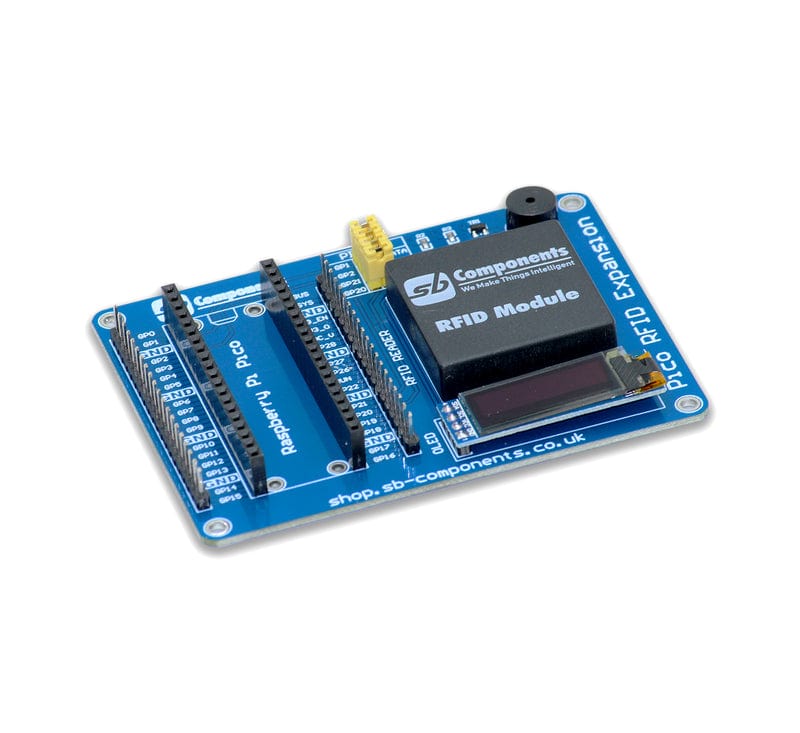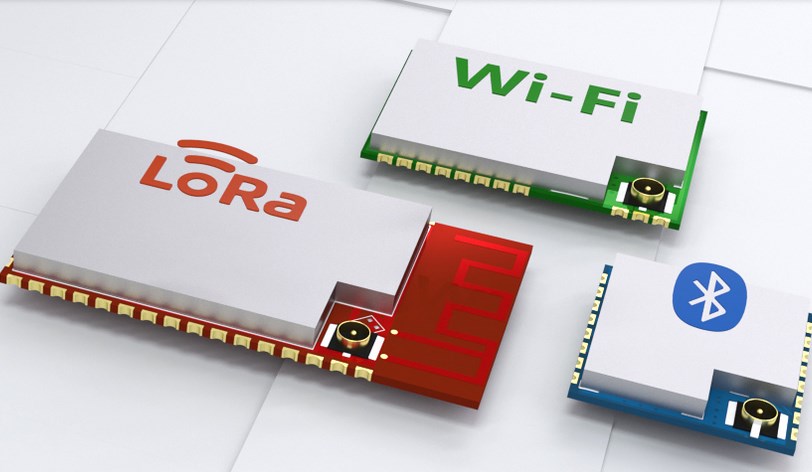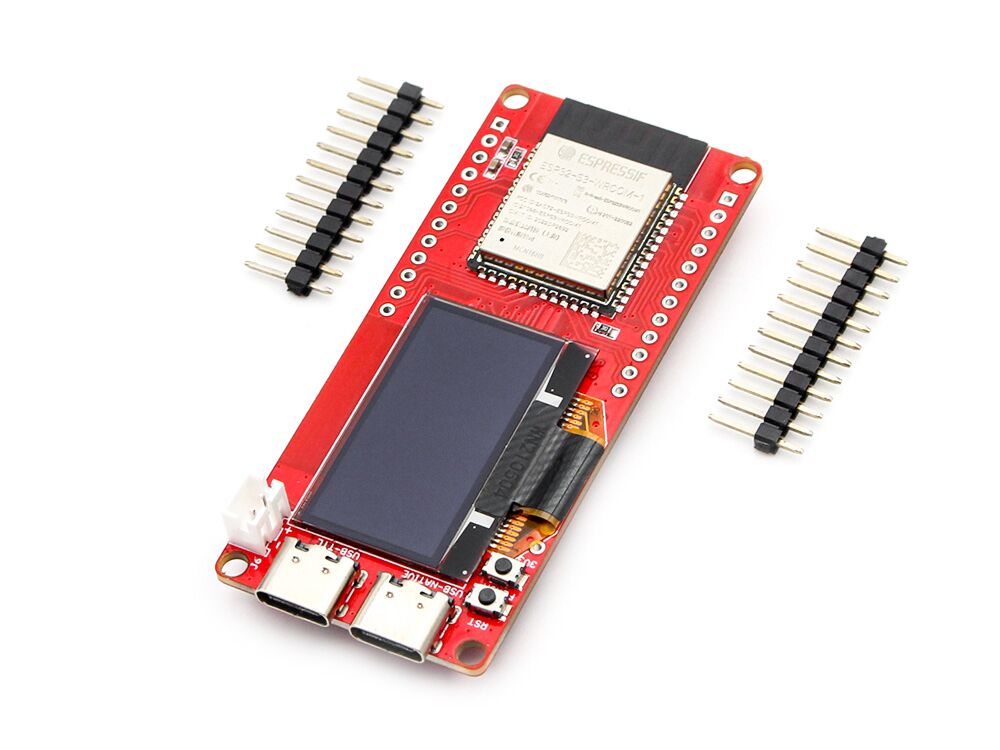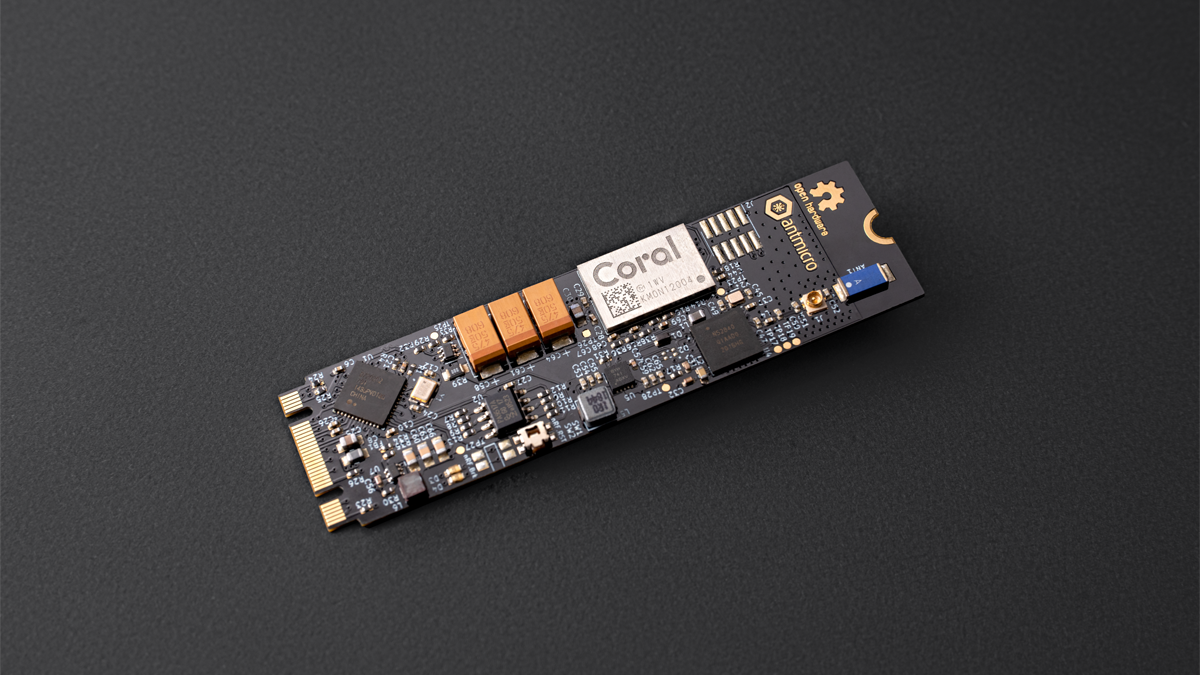When setting up home automation, a key question arises: Should you use a Zigbee Module or WiFi to connect your devices? Both are common in smart homes, but they serve different purposes. Knowing the strengths and weaknesses of each can save you money, improve reliability, and make your setup more straightforward to manage in the long run.
Understanding Zigbee Module Basics
Zigbee is a wireless protocol built for low-power communication between smart devices. Zigbee Modules are compact, affordable, and perfect for creating mesh networks. In a mesh, each device relays signals to the next, expanding coverage without needing multiple routers. This design improves stability and range as your system grows. Another advantage is energy efficiency. A Zigbee sensor or switch can run for years on a small coin battery. That’s why you often find Zigbee in light bulbs, motion sensors, door locks, and thermostats. Its simplicity and efficiency make it ideal for tasks where constant, low-energy communication is key.

How WiFi Works in Home Automation
WiFi is the backbone of modern internet use. Most homes already have routers, which makes using WiFi for automation feel natural. Devices like cameras, smart speakers, and video doorbells rely on WiFi because it delivers higher data speeds. That’s critical for streaming video or real-time voice commands. The downside is power consumption. WiFi drains batteries quickly, which makes it less suitable for tiny sensors or portable gadgets. Another issue is congestion. A router can slow down when too many smart devices compete for bandwidth. While WiFi is excellent for heavy-duty devices, it’s not always efficient for small, low-data sensors.
Network Range and Scalability
Range and scalability are major factors. A single WiFi router has limited reach, primarily through walls and floors. You can extend coverage with repeaters or mesh routers, but the setup may get expensive. By contrast, Zigbee thrives on scalability. Every new Zigbee module strengthens the mesh and extends the signal automatically. The more Zigbee devices you install, the stronger your network becomes. This makes Zigbee a better fit for large homes or anyone planning to connect dozens of devices. While WiFi may work fine for a handful of devices, Zigbee scales more gracefully as your smart home expands.
Power Consumption and Efficiency
Smart homes often rely on battery-powered sensors hidden in doors, windows, or ceilings. WiFi’s high energy use means frequent charging or battery replacements. Zigbee solves this problem with ultra-low power consumption. A Zigbee motion sensor can last for years on a single battery. This difference matters if you want a maintenance-free setup. Even smart plugs or light switches benefit, since Zigbee’s efficiency reduces standby power draw. If long-term sustainability and convenience matter, Zigbee Modules are the smarter option. WiFi should be reserved for devices that stay plugged in and demand higher speeds, like cameras and hubs.
Reliability and Interference
Both Zigbee and WiFi use the crowded 2.4 GHz band, which means interference can happen. However, Zigbee minimizes problems by sending short, efficient bursts of data and rerouting signals if one path fails. Its self-healing mesh ensures that even if one device goes offline, the network keeps running. WiFi networks don’t reroute in the same way, so a weak spot can affect performance. If you live in an apartment with many WiFi networks nearby, Zigbee often delivers more reliable performance for your smart devices. Reliability is crucial in automation—nobody wants a door lock that fails due to signal interference.

Compatibility and Ecosystem
WiFi’s most significant advantage is universality. Almost every device supports it out of the box. You can connect a WiFi-enabled plug or light directly to your router, no hub required. Zigbee usually requires a hub, such as an Amazon Echo with Zigbee built in, or platforms like SmartThings. The hub adds a layer of cost but also enables stronger integration across devices and brands. Zigbee-certified devices often work together even if they come from different manufacturers. With WiFi, brand lock-in can be a problem—some devices only work in their own apps. So the choice comes down to whether you prefer universal access or a structured ecosystem.
Cost and Long-Term Value
Price matters in smart homes, especially if you plan to scale. Zigbee devices are initially more expensive because they require a hub. However, once the hub is installed, additional sensors and switches are usually cheaper and more energy-efficient. WiFi devices save you from buying a hub, but they depend heavily on your router. If your router becomes overloaded, you may need upgrades or additional access points. Over time, Zigbee often proves more cost-effective for households that want dozens of devices. WiFi makes sense if your setup is small or focused on high-bandwidth tools like cameras and voice assistants.
Making the Choice with the Zigbee Module
Zigbee Module vs WiFi—which is better for home automation networks? The truth is, most homes benefit from using both. WiFi handles high-speed, data-heavy devices like cameras or streaming hubs. Zigbee takes care of lightweight, energy-efficient devices like sensors and switches. This hybrid approach balances performance, cost, and reliability. If you’re starting small, WiFi devices are simple to set up. But if you plan to build a larger, more intelligent system, investing in Zigbee Modules will give you a scalable and dependable foundation.







